Scandinavian and sustainable: these are the trends around children’s furniture
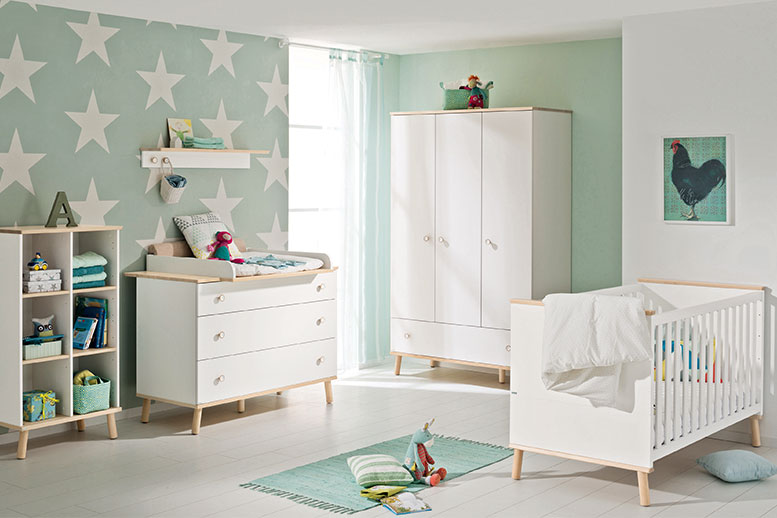
Latest news
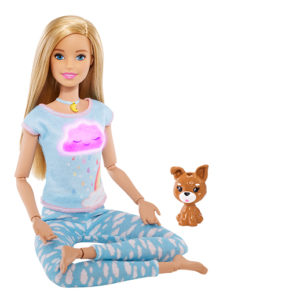
-ADVERTISEMENT- The wellness and fitness trend has arrived in the …
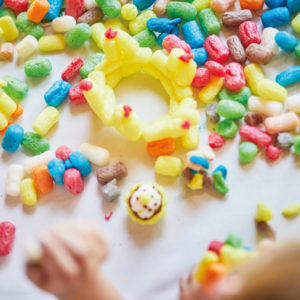
The fight against environmental destruction and the climate crisis are …

Anyone looking for new products in the field of toys, …
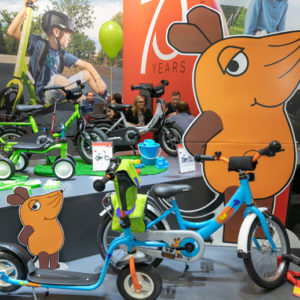
It is a market with huge dimensions and great potential. …

For companies, a social media presence has become indispensable and …

Hardly anything disturbs customers as much as waiting at the …

Research by TV station RBB has shown that some outlet …

The industry association Licensing International (formerly LIMA) has honored outstanding …

Communications manager Hannah König and managing director Stephan Schenk are …
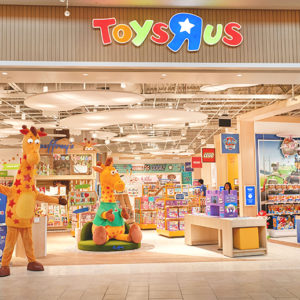
The toy dealer wants to leave his insolvency behind him. …
Parents annually spend over 400 euros on children’s furniture. Luna Journal asked around in the industry to find out which shapes, colors and materials have the highest sales potential.
Furniture is a high-turnover segment in the area of baby and children’s outfitting. Every year, Germans spend more than four billion euros on beds, cupboards, changing tables and the like for their children. According to the Association of German Industrial Furniture, every eighth piece of furniture produced in Germany is children’s furniture. Both the proportion of children’s furniture sold and imported goods have increased, and the sector is growing. A look at this year’s Kind + Jugend exhibitor list also shows the importance of these products. More than 300 companies show furniture for babies, children and teenagers. This means maintaining an overview and looking specifically at what is sales-promoting and promising.
Children’s furniture in Scandinavian design particularly in demand
The question of trends is often decisive for sales. Which style is particularly in demand at the moment? One likes to point to the north for an answer. Scandinavian elements continue to play an important role in design. It can also be the vintage look. The experts at Kind + Jugend get to the heart of it: “While high-tech is on the rise for toys, parents are relying on nature and retro charm for furniture in children’s rooms.” The children’s room as a protected quiet room, which offers retreat possibilities. Jasmin Thomsen from the Danish furniture manufacturer Oliver Furniture confirms this impression: “The trends are pure, light Nordic colors combined with natural materials such as oak, birch and leather. We stand for high quality standards that simultaneously bring design and warmth into the children’s room - on the one hand very modern and straightforward - and on the other hand also soft and cozy with the round shapes”.
Trend color: White
The Scandinavian furniture style is characterized by a certain simplicity, a timeless use of forms and classic colors. When asked about the most popular color, furniture manufacturer Arthur Berndt says: “White is the first choice. Then follow natural decor colours such as stone or concrete look, oak decor reproductions or light wood tones in the Scandinavian style”. This trend runs through all furniture and also applies to children’s desks, as Martin Moll, Managing Partner of Moll Funktionsmöbel, eveals: “Better than relying on brightly colored interiors are timeless and minimalist designs that can be integrated into as many room situations as possible and can be enjoyed at any time. Our current bestseller is therefore the Champion desk in white.”

Manufacturers adjust their children’s furniture innovations to the market
According to Tanja Wehner, Head of Marketing & PR, the furniture manufacturer Paidi has deliberately designed this year’s innovations in the trend directions: “In recent years, parents have shown that, in addition to functionality and longevity, they are increasingly focusing on design and are looking for discreet, modern furniture for the children’s room. The Franconian children’s and youth furniture manufacturer Paidi would like to respond to this development with its new programs, which will have ist premiere at Kind + Jugend as always. They are characterized by elegant, clear lines and delicate cover plates. The Scandi style with its reduced appearance in the combination of white with a warm wood tone brings a feeling of contemporary lightness and cozy naturalness into the children’s room”.
Decoration brings color into the children’s room
While the children’s furniture is rather simple and natural, the matching accessories provide a child-friendly environment. Through wall paint, game carpets, colorful cushions or lamps the room gets its individual touch. The practical thing is that if taste or trend changes, these details can be quickly and inexpensively adapted and exchanged. Tanja Wehner once again: “For many years parents have not wanted furniture forms in the children’s room that are too playful. The childishly playful is solved more by decoration, wallpaper, toys. When it comes to furniture “less is more” and it should preferably fit harmoniously into the existing home furnishings. Partially solid furniture is on the rise again, as are delicate forms. Children desire many multicolored textiles like tents around caves to build and great curtains with motifs, in order to be able to hide behind it and let their imagniation run free.
The furniture for the next generation should be durable and made of sustainable materials
According to the Association of the German Furniture Industry, wooden furniture is a real Long seller in the range of furniture for children and teenagersh. Many parents associate positive attributes such as renewable, sustainable and healthy with this material. In addition, tested furniture that has been produced with health and environmental aspects is very important for parents. Another selling point is the changeability of furniture. If the baby bed can be turned into a cot for the infant in a few easy steps or the desk grows with it for many years, this saves resources and money. These are also important aspects when buying furniture. Martin Moll: “Longevity instead of short half-life is less of a trend, but rather a long-lasting issue for us. Over the years - 40 years ago we invented the ergonomically growing desk for children - moll has perfected the idea that furniture should be able to accompany in every respect over a very long period of time. Due to this we produce children’s desks and swivel chairs made in Germany that meet all requirements in terms of quality, function and design and can be extended and redesigned so that they will still meet all needs tomorrow”.
Certificates and “Made in Germany” are important sales arguments
This puts his company in a good position today, says Moll, “because the environmental awareness of our buyers is increasing: instead of throwing away and buying new ones, parents are increasingly preferring to invest in a resource-conserving and prescient way. He also reports on the growing importance of certificates: “We are also seeing growing interest in guarantees and quality seals. Parents want to be “reassured”. We therefore offer the possibility to make use of the two 5-year guarantees on quality and subsequent purchase of accessories. In this way, we give parents the certainty that the learning or workplace grows with the changing needs of the children. Furthermore, seals and certificates that guarantee environmental friendliness or safety are very popular - such as the Blue Angel or the GS mark that our products bear.”. For many German manufacturers, the origin of their furniture can be an important attribute. The company Arthur Berndt reports: “The trend is towards furniture “Made in Germany” for a safe and good purchase decision”.
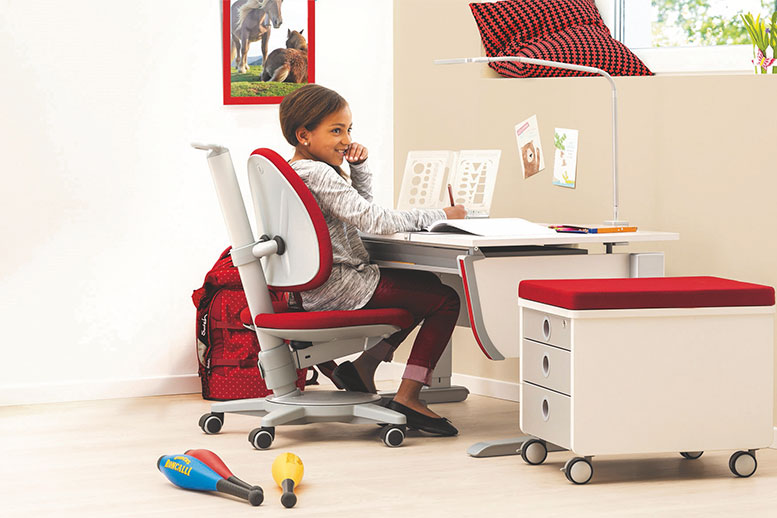
Safe, easy-care and practical children’s furniture are further wishes
A safe environment for their children is a top priority for parents. It almost goes without saying that the furniture should also reflect this. The German Furniture Quality Association recommends products with rounded corners and edges as well as without pointed handles and keys. Manufacturers are aware of this highly sensitive field. The manufacturer Arthur Berndt replied: “In addition to appearance, safety aspects such as rounded edges, compliance with DIN standards and easy-care surfaces such as melamine coating play a role in the purchase decision”. But also little things that make daily use easier are welcome. Arthur Berndt is particularly interested in high-quality materials such as MDF fronts or self and soft closers for the quiet closing of doors and drawers.
Combined with all these aspects, children’s furniture is a true all-rounder. Jasmin Thomsen from the Danish manufacturer Oliver Furniture described it very well: “The focus is on long service life and classic expression. Free of fleeting trends. The furniture creates space for harmony and space in which the child’s imagination can unfold freely.”
You might be also interested in:
Expenditure for children continues to grow
Maison & Objet: the focus is on Scandinavian and Italian design
More space in the children’s room
Link: www.moebelindustrie.de
Images: Paidi, Arthur Berndt, Moll
//KH



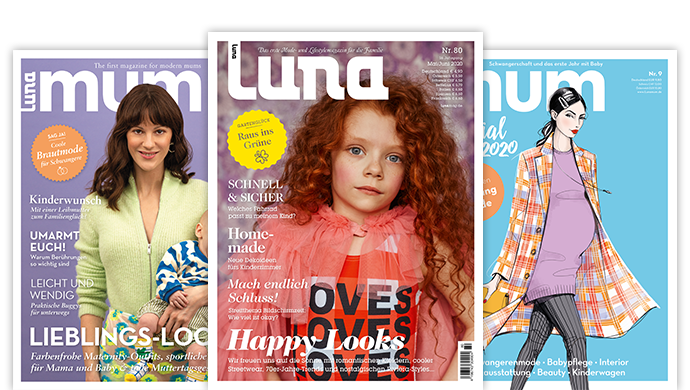
Leave a Reply